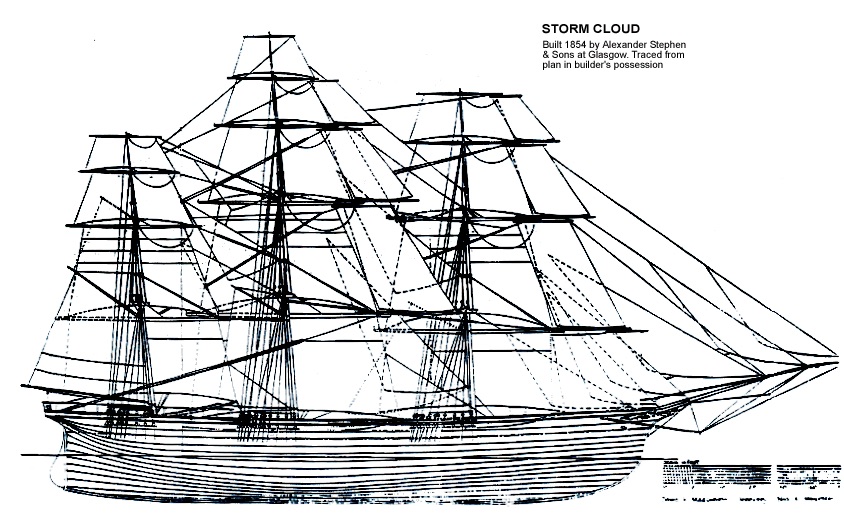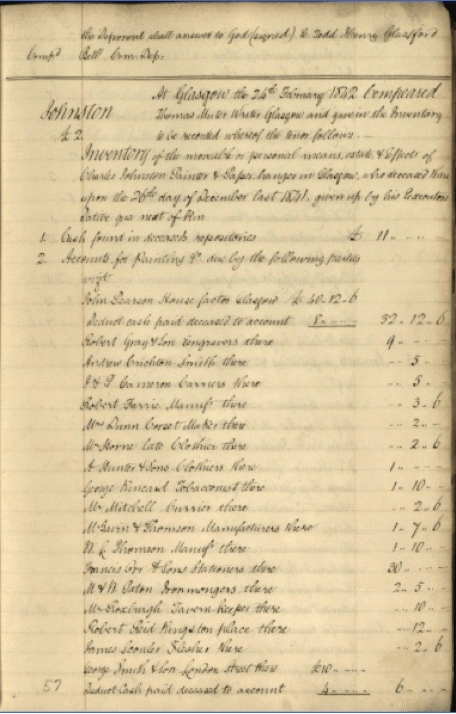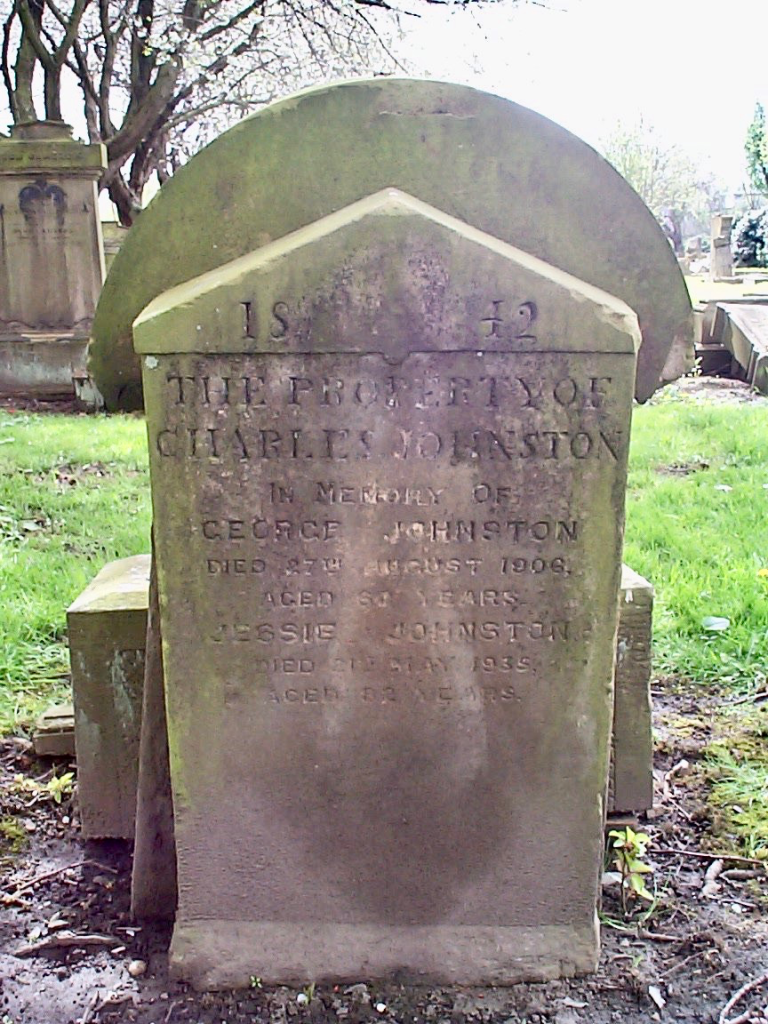Topic for Week 37: Prosperity; Topic for Week 38: Adversity.
Both Prosperity and Adversity have been major features of my Australian Darchy family – so I am combining the two weeks’ postings.
My mysterious ancestor Thomas Darchy, born in 1820 in Augsburg Bavaria to English/Scottish/French/Prussian parents – the still unravelled story possibly involving a runaway heiress – spent his first 20 years in the care of a guardian in Switzerland, He was ‘collected’ in 1830 by a respectable churchman who had to sign all sorts of legal papers, then disappeared for the next 10 years and finally turned up, unaccompanied, and a very wealthy young man, on a ship in Australian waters in 1840.
He soon became involved in the budding Australian grazing industry – cattle and sheep – exploring and taming wild country and pushing westwards from the south-east coast (the only settled area at the time). His wife Susan Byrne was said to have been the first white woman west of the Murrumbidgee River. He owned or leased several properties including “Gelam”, before settling on “Oxley” near Hay in the Riverina area of New South Wales, some time before the birth of his sixth child in 1857. A tutor and later governess was employed to teach the ten children and later the boys were sent off one by one to a prestigious boarding school in Melbourne.
A newspaper correspondent journeying towards the Hay district in 1872 wrote:
“Continuing the journey for a few miles I got thoroughly into the much dreaded “lignum” country. The name is doubtless a corruption of polygonum. It is a kind of hard-stemmed, thick, rushlike plant, with a number of branches from each stem. The lignum country presents an extraordinary sight. There are scores of miles of it – the lignum growing from five to fourteen feet high, in fact over horse and rider’s head. It resembles a great artificial plantation, and is said to bear a nice flower, but it was not in flower when I saw it. No use whatever is made of this plant, and not a blade of grass was growing near it. In fact the lignum country is the terror of the traveller, whether in a vehicle or on horseback. The ground on which it grows is quite black, and exceedingly sticky and tenacious. A few yards over this adhesive soil made my horse’s hoofs resemble pans, and another horseman and myself had to dismount several times to clear the tenacious clayey composition off. The wheels of a buggy resembled cheeses, all the spokes being filled up with this black clay. The driver had to dismount at intervals and with a spade clear the spokes of this waxy substance, in order to make the slightest progress.
“Regarding “Gelam” … This is one of the stations first taken up by Mr. Thomas D’Archy, Esq., about thirty years ago. Mr. D’Archy also took up the station above “Pimpanpa”. The difficulties and strange adventure, particularly with the blacks at that time, of Mr. and Mrs. D’Archy, were of a very remarkable kind, but their recital would occupy too much space here… “Gelam” has an area of about sixty square miles, and a frontage to the Murrumbidgee of ten miles. It carries about 5000 sheep and 500 head of cattle….
(And a little later) … to avoid a long dreary ride of nearly forty miles without a habitation, I took a northerly course across plains, the greatest part of which were under water for eighteen miles to “Oxley”. Large quantities of wild fowl were on the plains, chiefly bustards and wild duck. It was about four o’clock in the afternoon when a narrow belt of trees on the plains indicated my approach to the “long and lazy Lachlan.” “Oxley” is the residence and station of Thomas D’Archy, Esq., J.P. I received a most hearty welcome at the station and remained there several days. Mr. D’Archy is the oldest resident in that part of the country; and the health of this hospitable pioneer and his kind hearted lady, were drunk in bumpers of champagne at the last Pastoral Association’s dinner held at Hay.” … “Oxley has an area of 160 square miles and has a frontage to the Lachlan of eighteen miles. Mr. D’Archy has marched with the times, and has seen almost all his early compeers come and go. The station is well improved. Sixty or seventy miles of wire fencing have been erected on the run which is also subdivided into paddocks. Mr. D’Archy was the first to secure the waters of the Lachlan by damming.”
So, Thomas Darchy overcame some early adversity to achieve prosperity. But five years later he died aged 57, probably of apoplexy (stroke). Too much good living?
He did not live to see Adversity hit his family again in the form of a major economic depression in 1890, accompanied by a bad drought and rabbit plague, with prices of wool falling heavily and later a shearer’s strike. By then several of his sons were running their own properties – mostly leased on long-term loans held by investors based in Britain with no understanding of Australian conditions.
My own great grandfather Frank Darchy, in partnership with a brother and cousin, was forced to give up his property “Cuthowarra” near Wilcannia, and his brother Michael also went broke at “Tarcoola”. Frank, declared bankrupt, took to droving and was for a time an outback postman. Michael was more fortunate and managed to hold on to some of his properties.
Another brother Louis also went droving and was for a time a station overseer – but by 1910 he was a station cook and took his own life in despair in 1910. Yet another brother FritzEdward whose four children were all born in 1890-97, was to die in a lunatic asylum aged 56.
Fortunately Thomas Darchy’s three daughters were not so affected; two married and the third made a name for herself as a journalist – the subject of another story.





